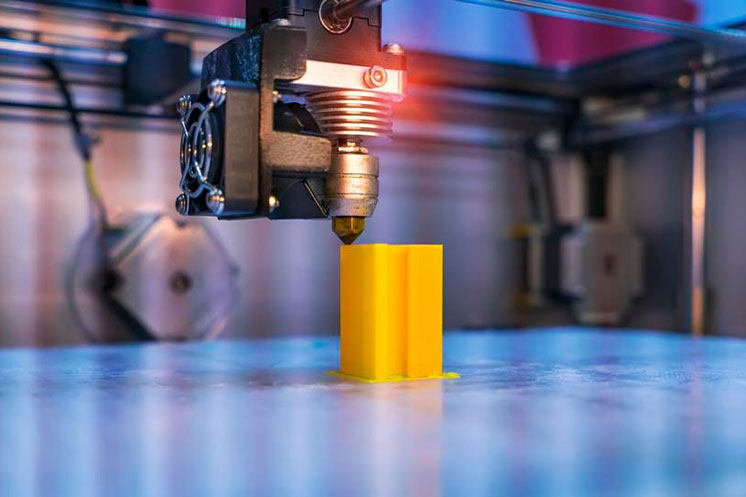3D scanning for Additive Manufacturing (3D printing)

3D scanning is an important technology for additive manufacturing as it allows the creation of digital models of real-world objects. This can be useful in a number of ways, including reverse engineering, quality control, and creating custom parts.
When using 3D scanning for additive manufacturing, the first step is to scan the physical object using a 3D scanner. This will create a digital 3D model of the object, which can then be edited or modified in a CAD (computer-aided design) program. This digital model can then be used to create a 3D print using an additive manufacturing process such as stereolithography (SLA), fused deposition modeling (FDM), or selective laser sintering (SLS).
One of the key benefits of 3D scanning for additive manufacturing is the ability to create custom parts that are tailored to a specific application. For example, if a manufacturer needs a replacement part for a machine, they can scan the existing part, modify the design to improve its performance, and then create a new part using additive manufacturing.
Another benefit of 3D scanning is that it can be used for quality control. By scanning a finished part, manufacturers can compare it to the original design to ensure that it was produced accurately. This can help identify any defects or errors that may have occurred during the manufacturing process.
Overall, 3D scanning is an important tool for additive manufacturing as it allows manufacturers to create digital models of real-world objects that can be used to create custom parts and improve the quality of finished products.
